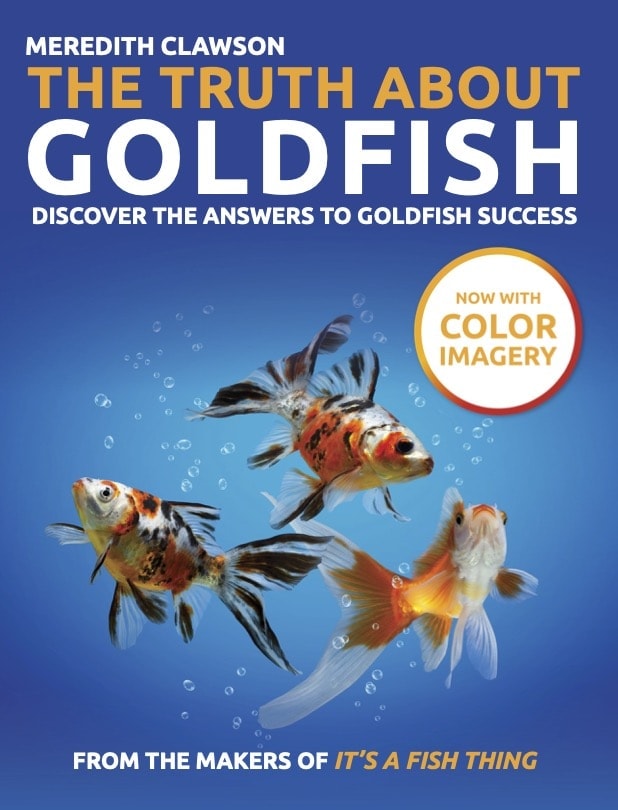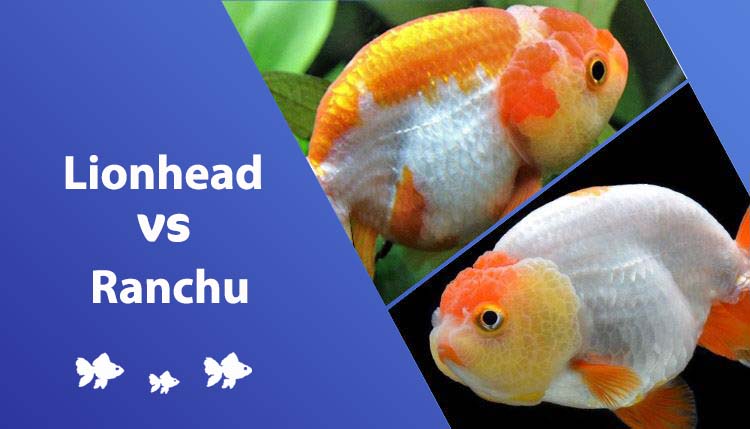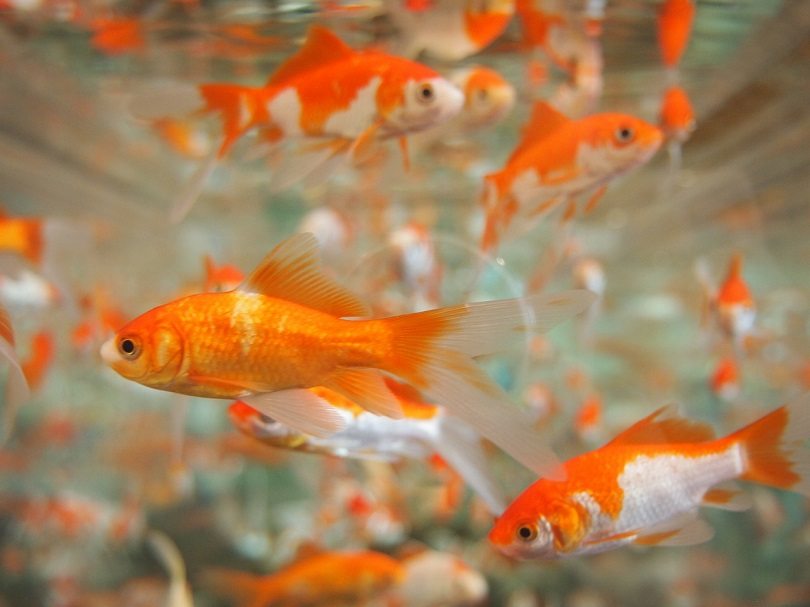Goldfish Fungus Diseases: Symptoms & Treatment (with Pictures)

Updated on
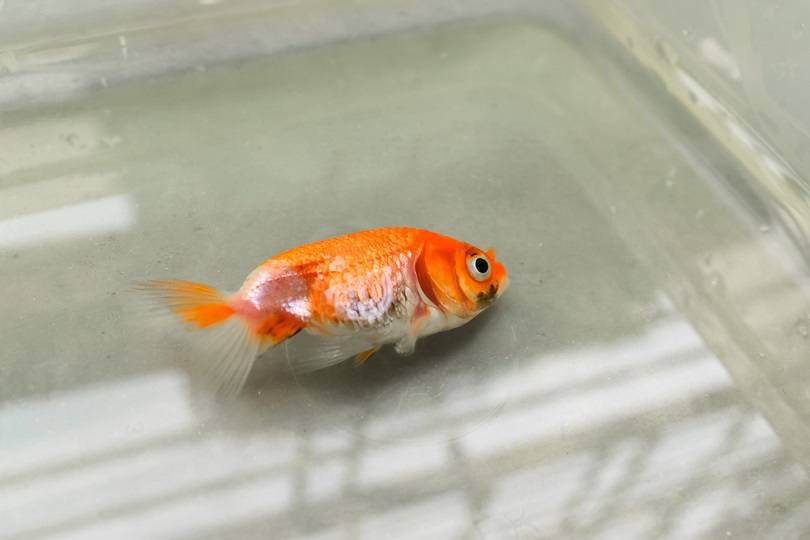
Fungal diseases are one of the most common health issues for goldfish. Fungal spores are found almost everywhere and can easily make their way into the tank of your goldfish. In fact, it is likely that fungal spores are always present in your goldfish tank, but a fungal disease will only manifest in a goldfish that is already sick, stressed, or injured. In this case, fungus spores can swiftly colonize and cause external fungal infections in your goldfish. A healthy, clean tank with well looked after goldfish will rarely have a fungal outbreak.
Most fungal diseases are easily diagnosed and treated, though, and there is usually no reason to panic. In this article, we’ll take a look at the most commonly found fungal diseases; how to diagnose them, and how to treat them.
Cotton Wool Disease
This fungal infection is one of the most commonly found diseases among goldfish and is named for the white, cotton-wool like growth that forms on the goldfish’s mouth and skin. This white fungus is also known as saddleback or fin rot and is most commonly caused by the fungi Saprolegnia and Achyla. This disease is a secondary stressor that can only occur in an already sick or stressed fish, at which point the fungus has an opportunity to populate.
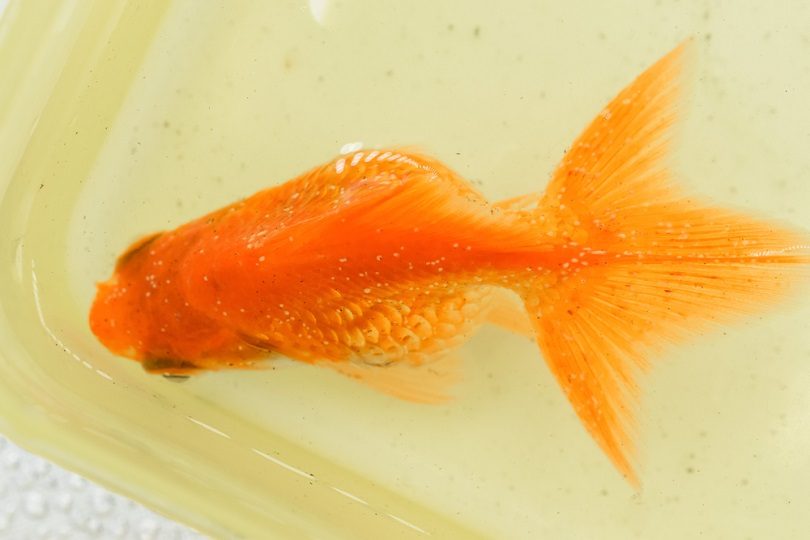
Symptoms
The most obvious tell-tale sign of this fungal infection is raised, pale patches on your goldfish’s skin. These patches of white, fluffy growth can appear almost anywhere on the goldfish’s body, including the fins, face, and gills. If the infection spreads to the gills it can cause lethargy, and loss of appetite, and you may even notice your goldfish having trouble swimming.
Treatment
Treatment for this disorder is fairly simple, but the first immediate action is to put the affected goldfish into an isolated tank so as to not potentially infect other fish. Next, add un-iodized salt to the water for a mild salt bath. Roughly 3 teaspoons per gallon should be fine—30% salinity of seawater—but be sure to add the salt gradually so as to not shock your goldfish. If you notice your goldfish reacting badly, move them to fresh water and begin again with less salt.
There are some great commercial options available too. Malachite Green used carefully and in moderation may help, followed by a salt bath. Methylene Blue is another commercial option that is created specifically for fungal infections, which is also effective when combined with a salt bath.
Egg Fungus
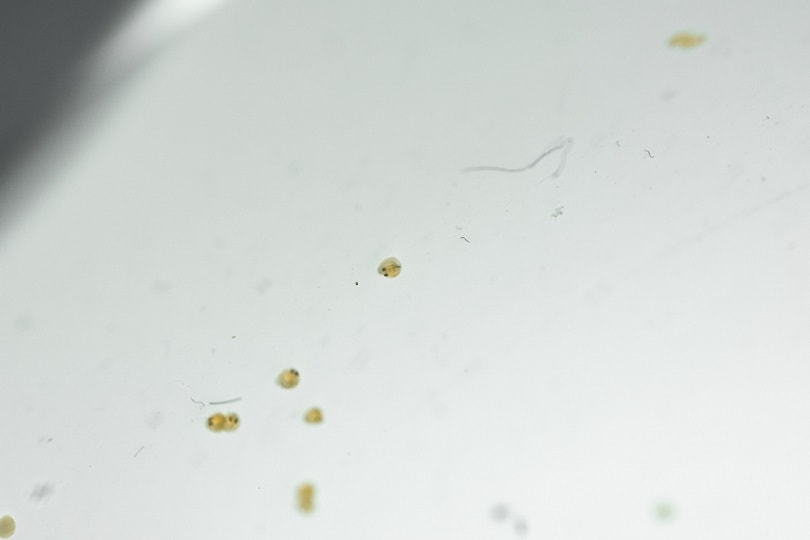
If you have goldfish that are actively breeding, egg fungus is a real danger and concern. The fungus often begins on damaged or infertile eggs and then may spread to healthy eggs. Unfortunately, once an egg has been infected there is no real treatment and you should remove it as soon as possible. Methylene Blue may again stop the spread of the fungus, as well as MinnFinn, which is touted by hatcheries as a safer, gentler, more natural way to treat fungus.
A simple prevention method is to add shrimp to your tank. These little critters will pick out bad eggs and leave the good ones, stopping the spread of the fungus. Certain species of snails are also a great fungus-eating fish tank addition.
If you suspect your fish is sick and want to ensure you provide the right treatment, we recommend that you check out our best-selling and comprehensive book The Truth About Goldfish on Amazon today. It has entire chapters dedicated to in-depth diagnoses, treatment options, a treatment index, and a list of everything in our fishkeeping medicine cabinet, natural and commercial (and more!)
Gill Rot
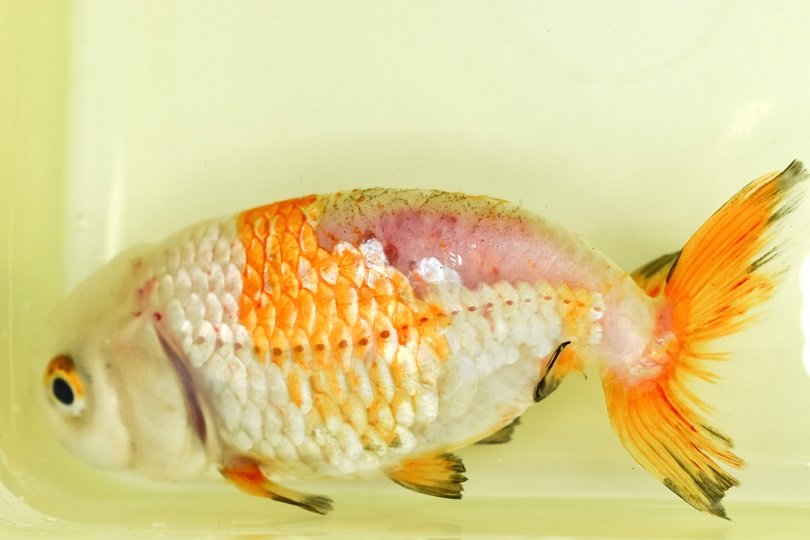
Gill rot, or branchiomycosis, is a serious fungal infection of a goldfish’s gills. The condition causes the gills to become grey and mottled in appearance. The infection begins in the gills and, if left unchecked, gradually spreads throughout the body eventually causing severe respiratory issues.
This condition is fairly rare and only occurs in highly stressed fish living in tanks with high levels of ammonia. Unfortunately, there is very little treatment other than prevention. Your Goldfish tank needs to be kept clean and at a constantly cool temperature.
What Causes Fungal Infections in Goldfish?
As mentioned earlier, it is exceedingly difficult for a healthy fish in a well-maintained tank to get a fungal infection, and the primary cause is poor husbandry. Your goldfish tank needs to be kept clean and well-maintained to avoid these types of diseases.
Goldfish are eating almost constantly, so they generate a lot of waste. This means that the larger tank, the better. And an overcrowded tank must be avoided at all costs. Temperature is also key to good tank maintenance, as fungal infections can quickly take hold in warmer temperatures. Goldfish need at least 20 gallons of water per fish, a PH of between 6.0–8.0, and the water needs to be kept at 68–74 degrees. Live plants in your goldfish tank are also highly beneficial as they can help oxygenate the water and keep the tank environment healthy overall.
Nutritional deficiencies are another leading cause of fungal infections, and goldfish need to have a well-rounded diet full of all the necessary nutrients to keep their immune system in good shape. Be sure to give them a wide variety of food, and make sure their food is of the best quality possible. Of course, make sure their food is not expired either!
Final Thoughts
With a well-maintained tank and a healthy diet, it’s unlikely that your goldfish will suffer from any fungal infections. That being said, most aquarium owners know the challenge of keeping fish, so you will likely face a fungal infection at some point in time. If caught early, most fungal infections are easily treated, especially if you are doing all you can to prevent these diseases in the first place. Prevention is always better than the cure, so a safe and healthy environment for your goldfish is essential.
Featured image credit: Zay Nyi Nyi, Shutterstock

